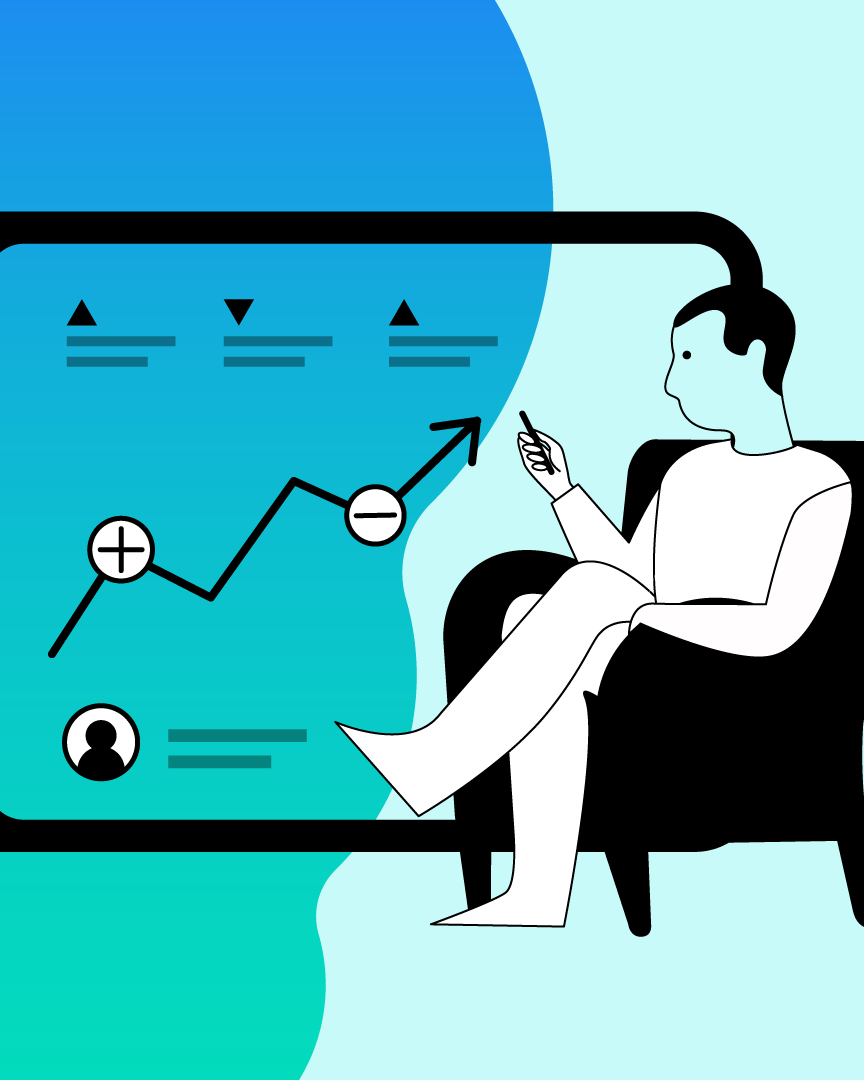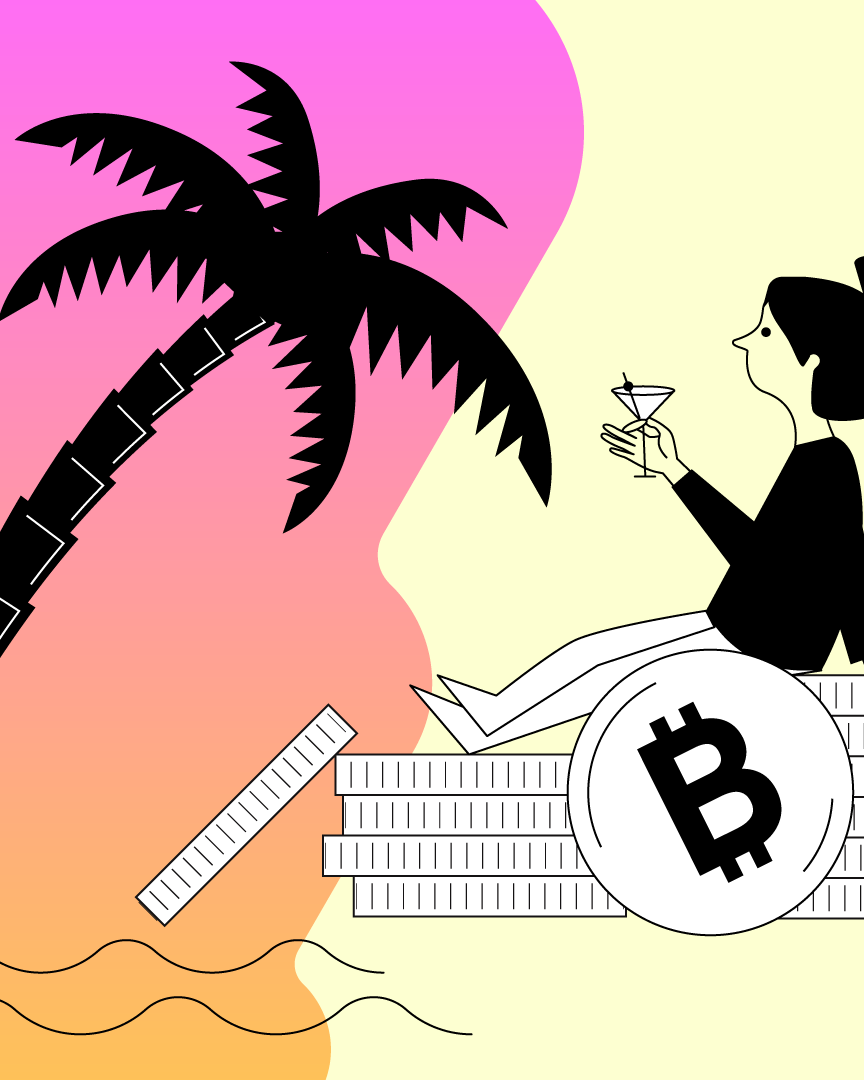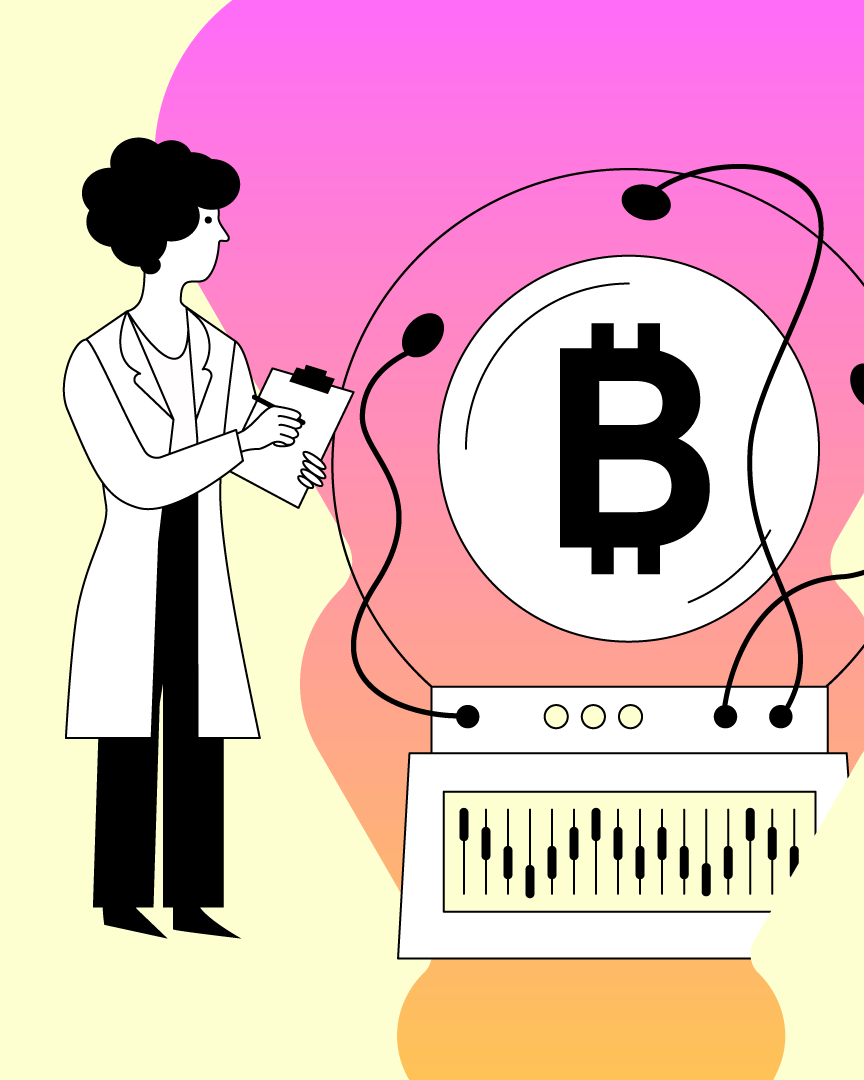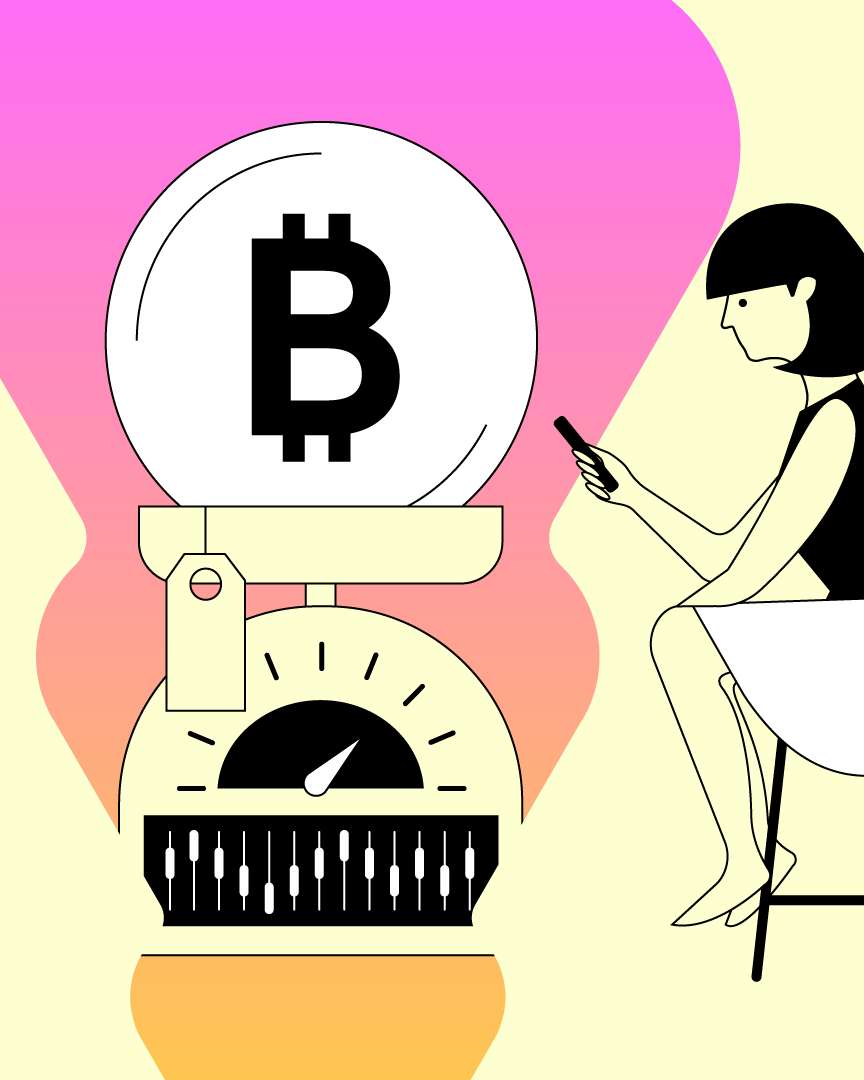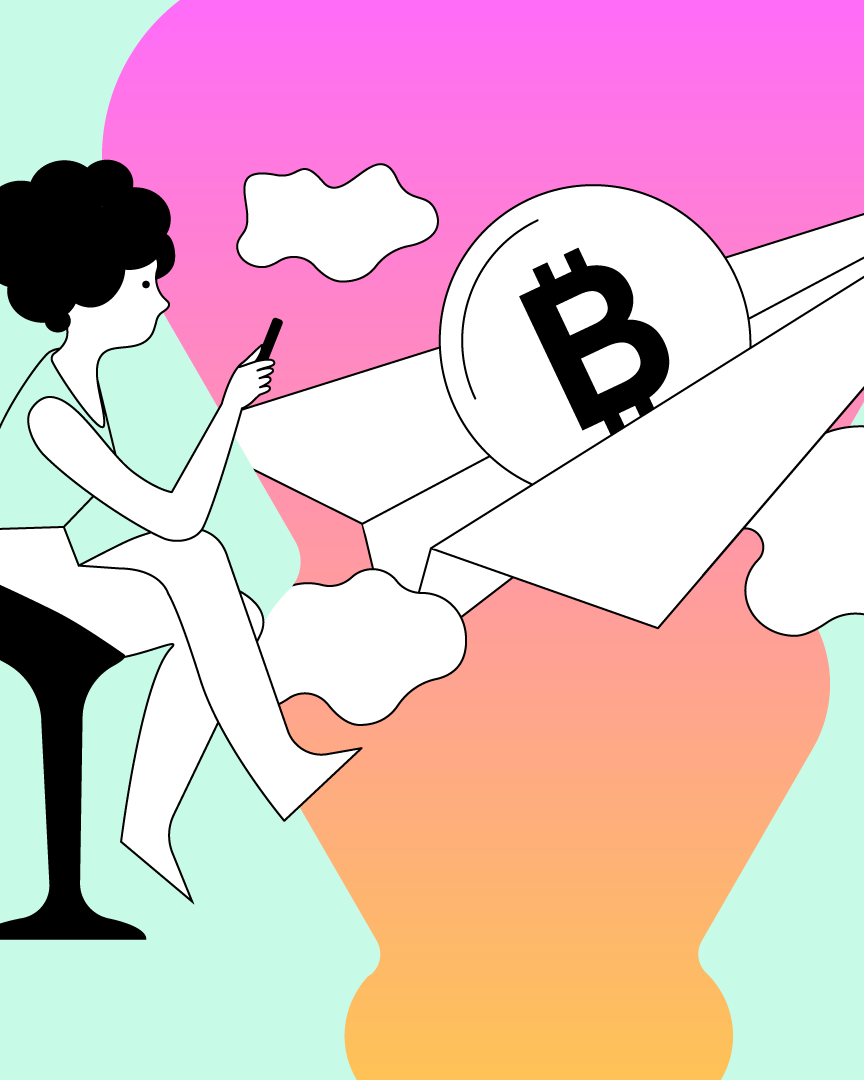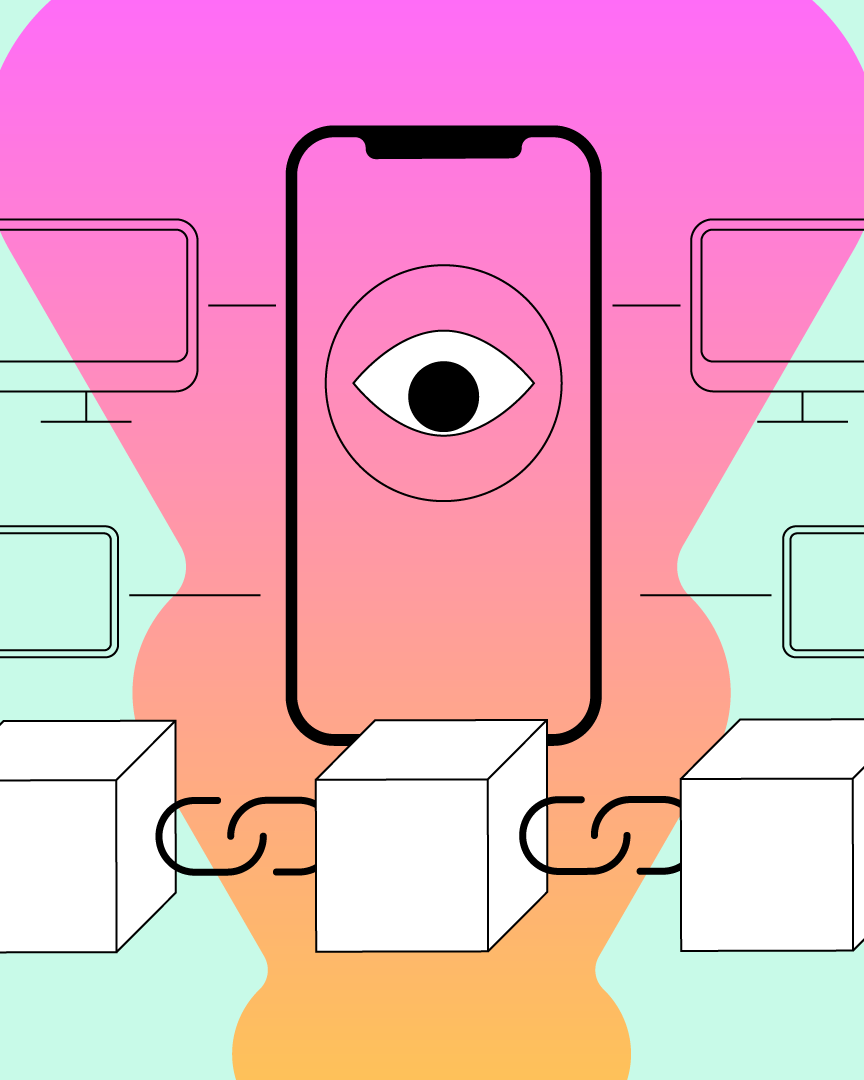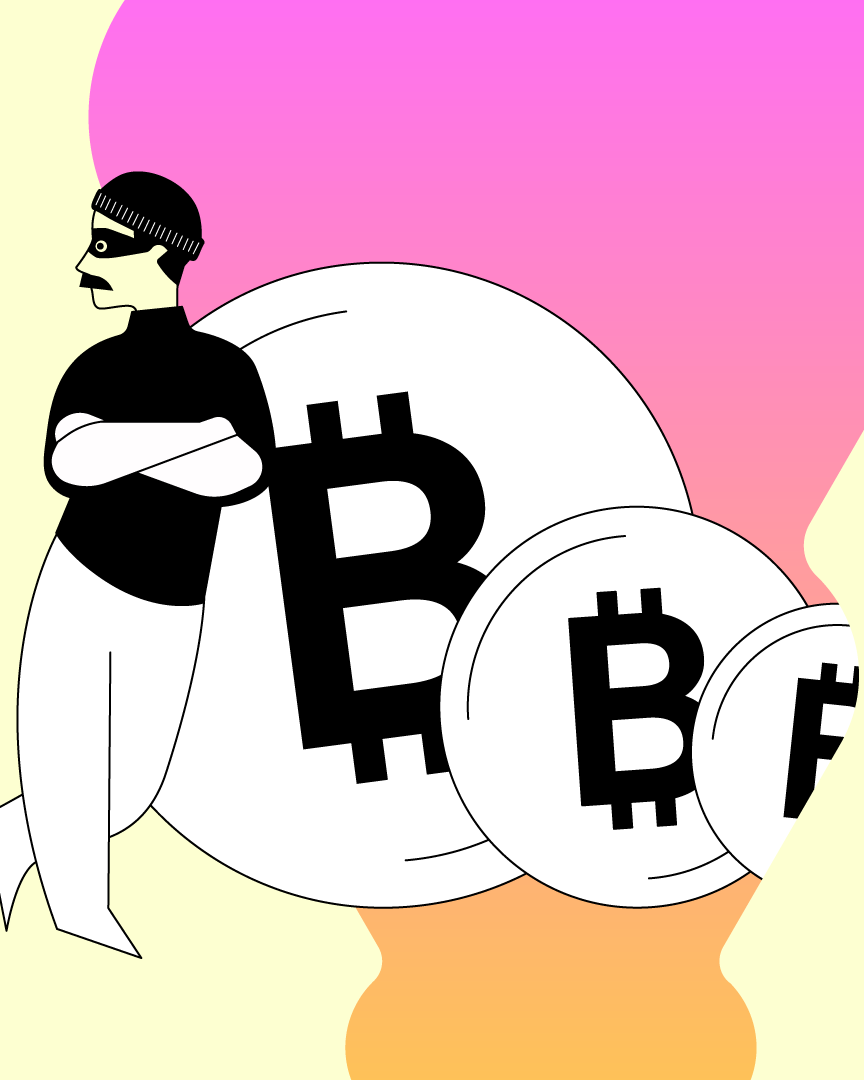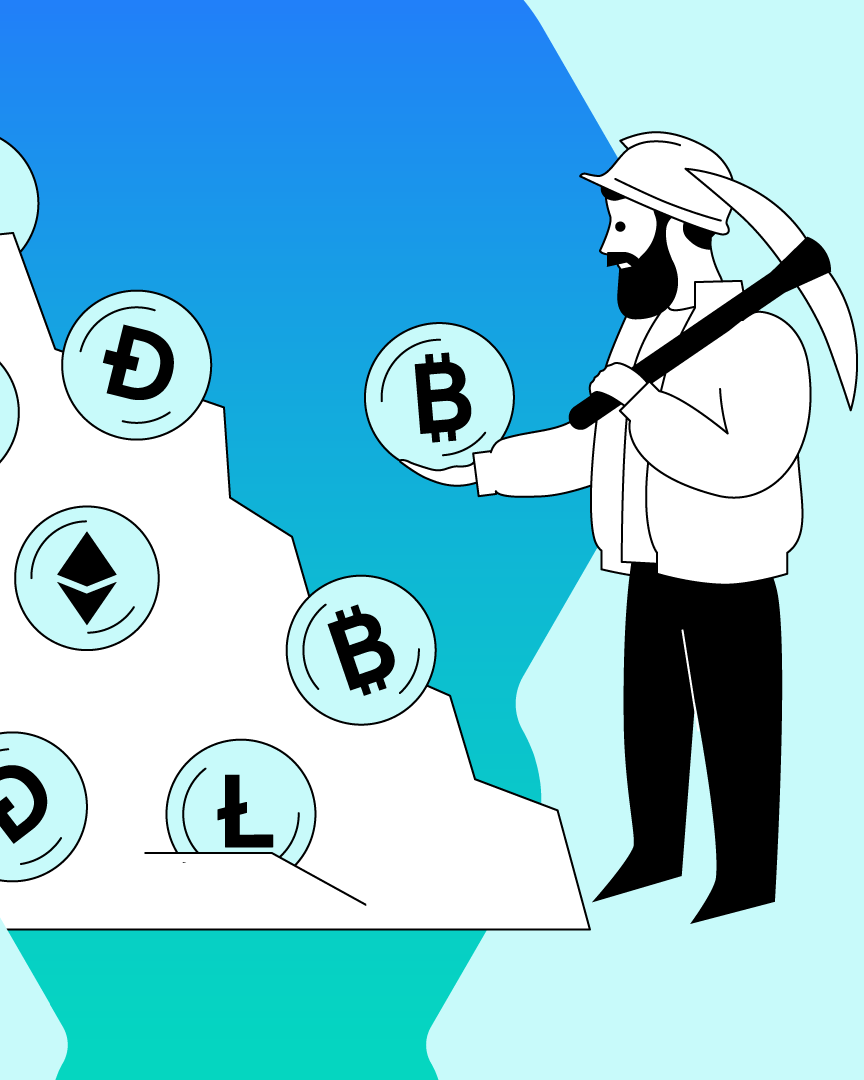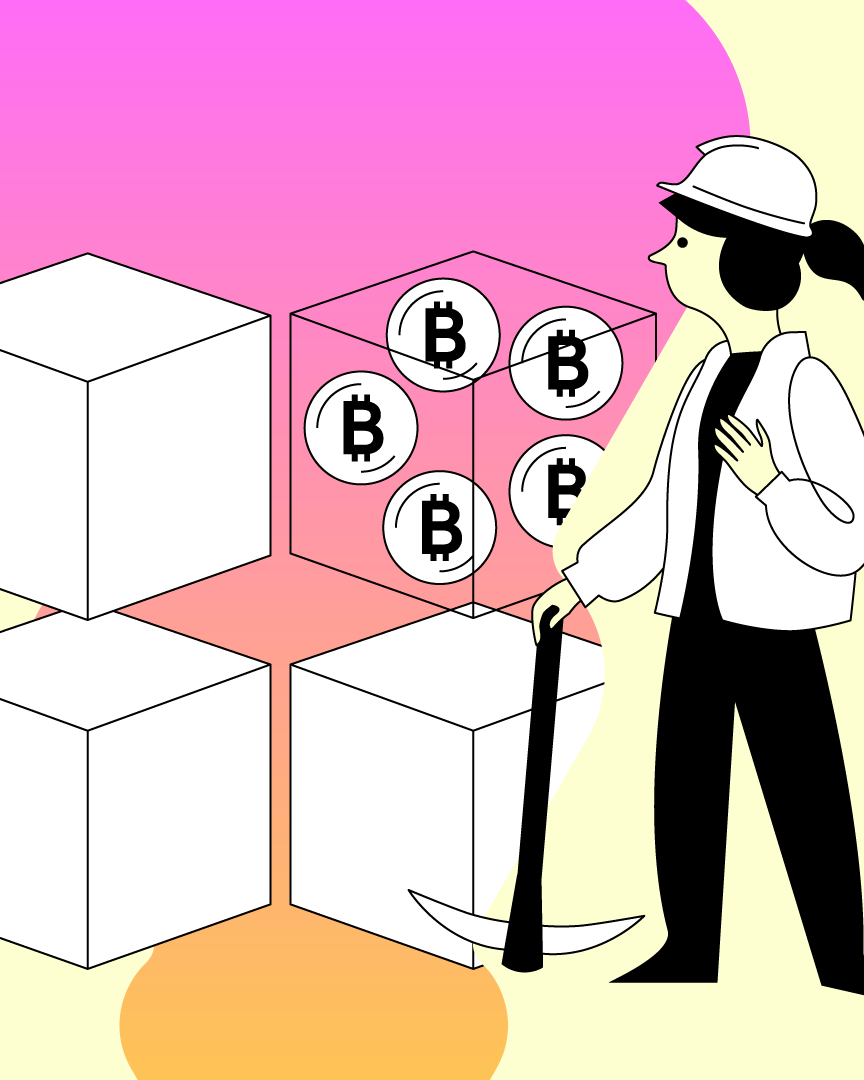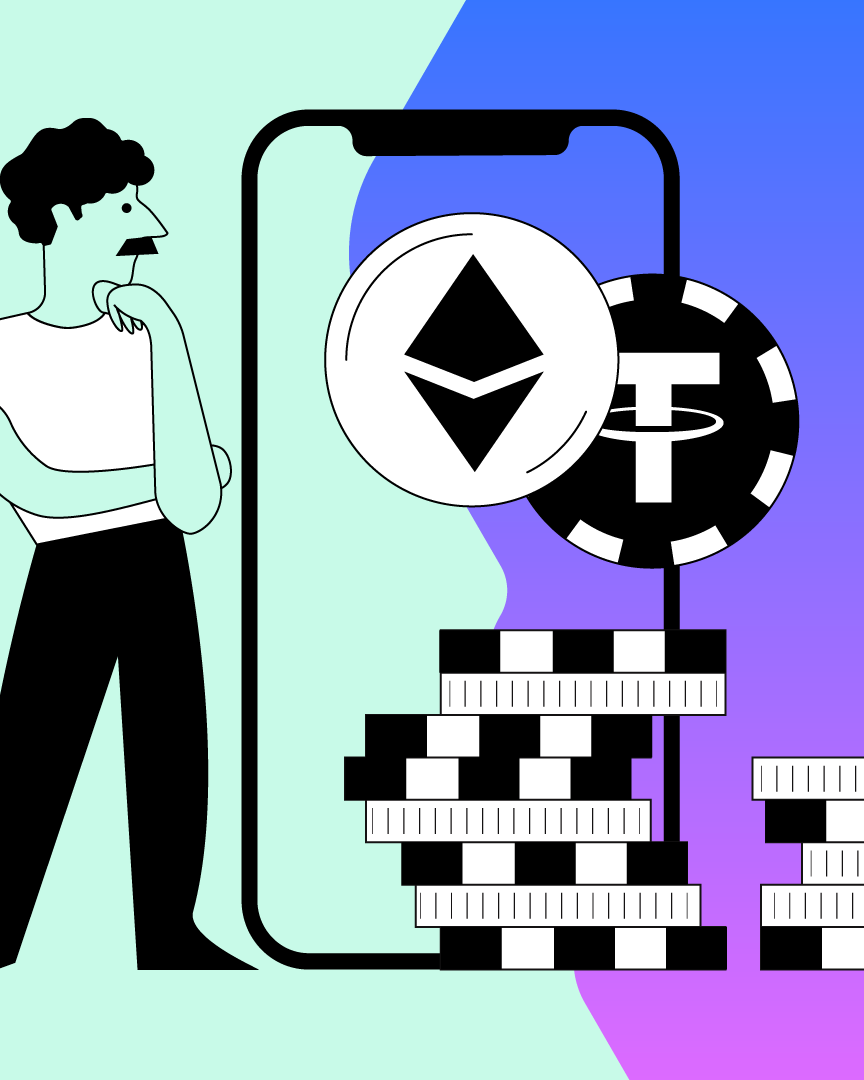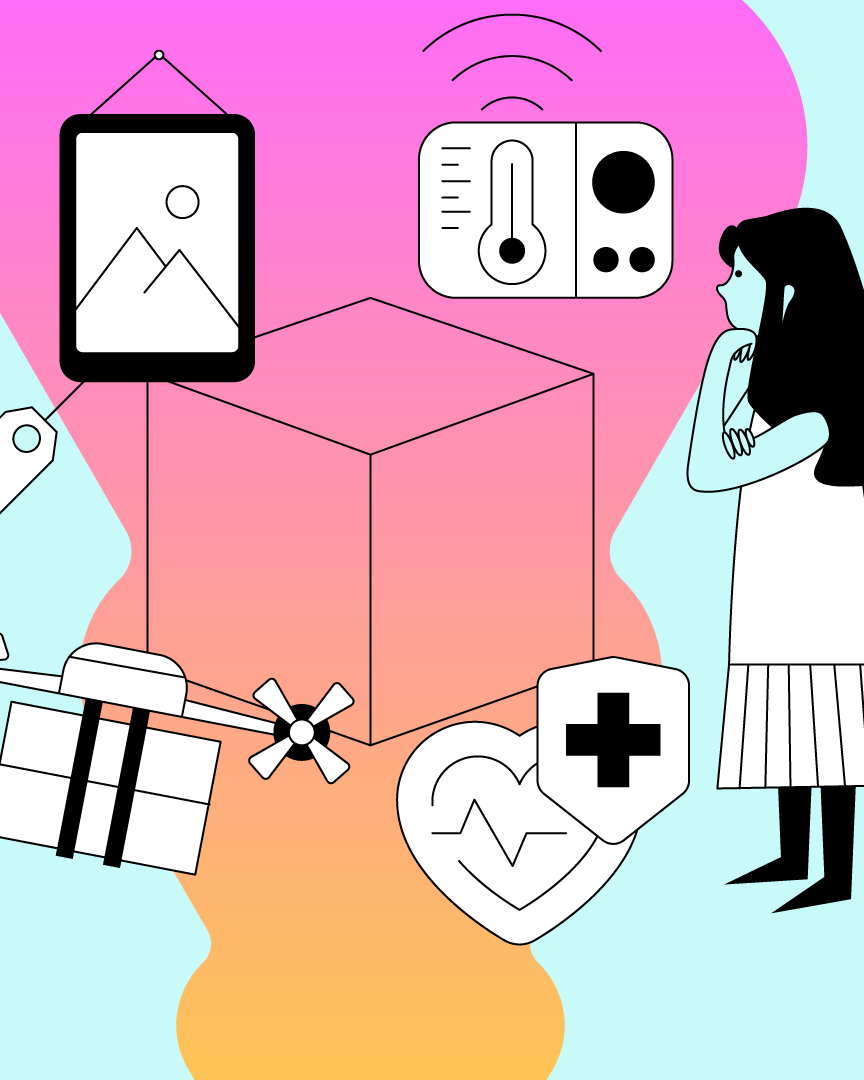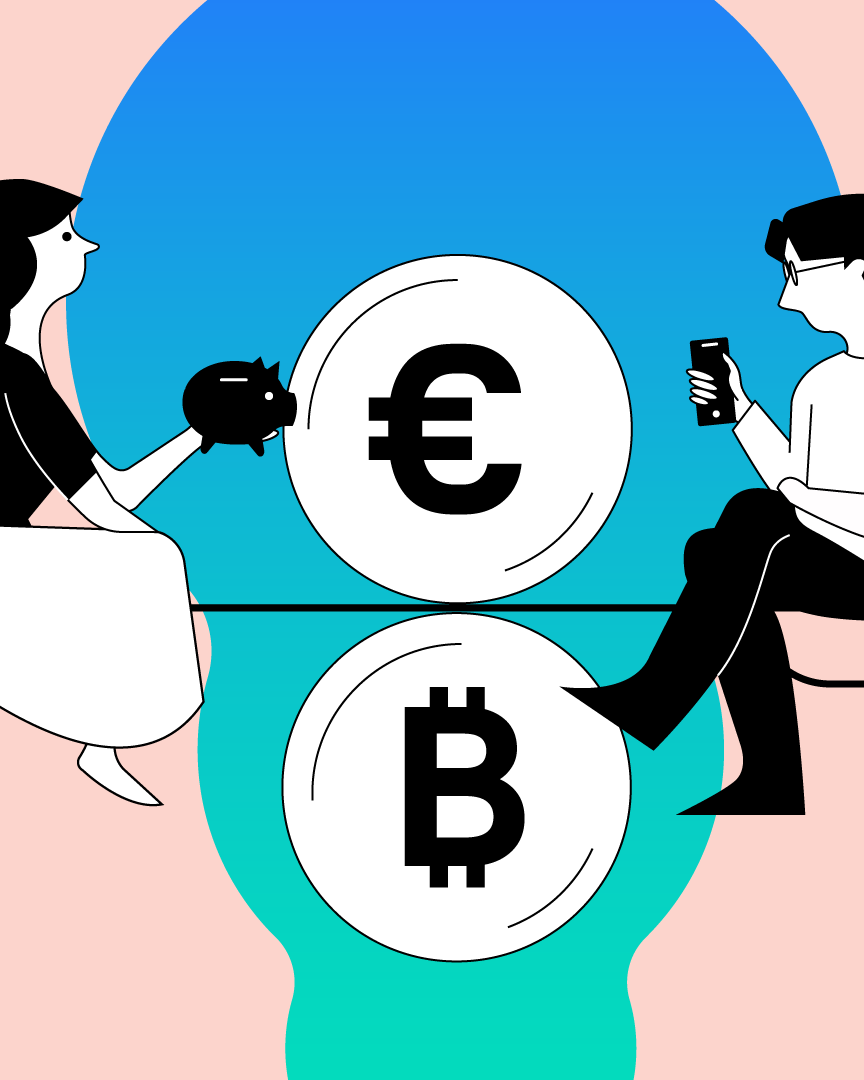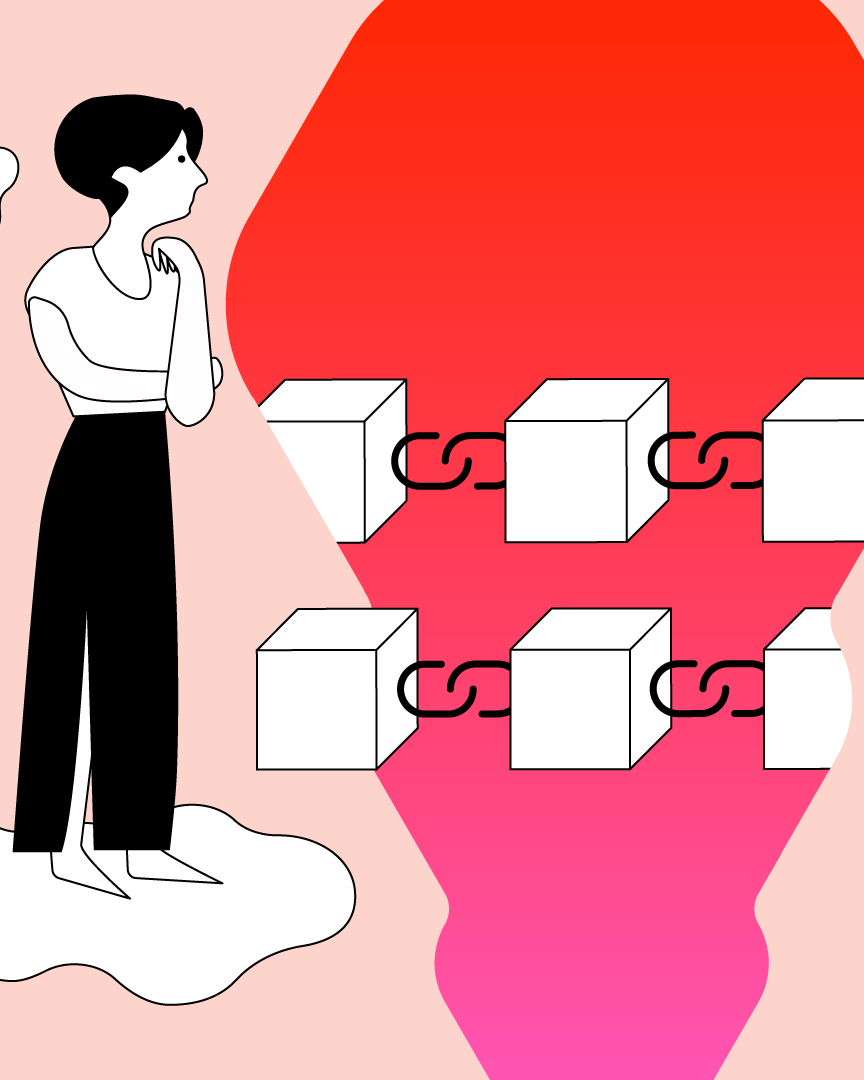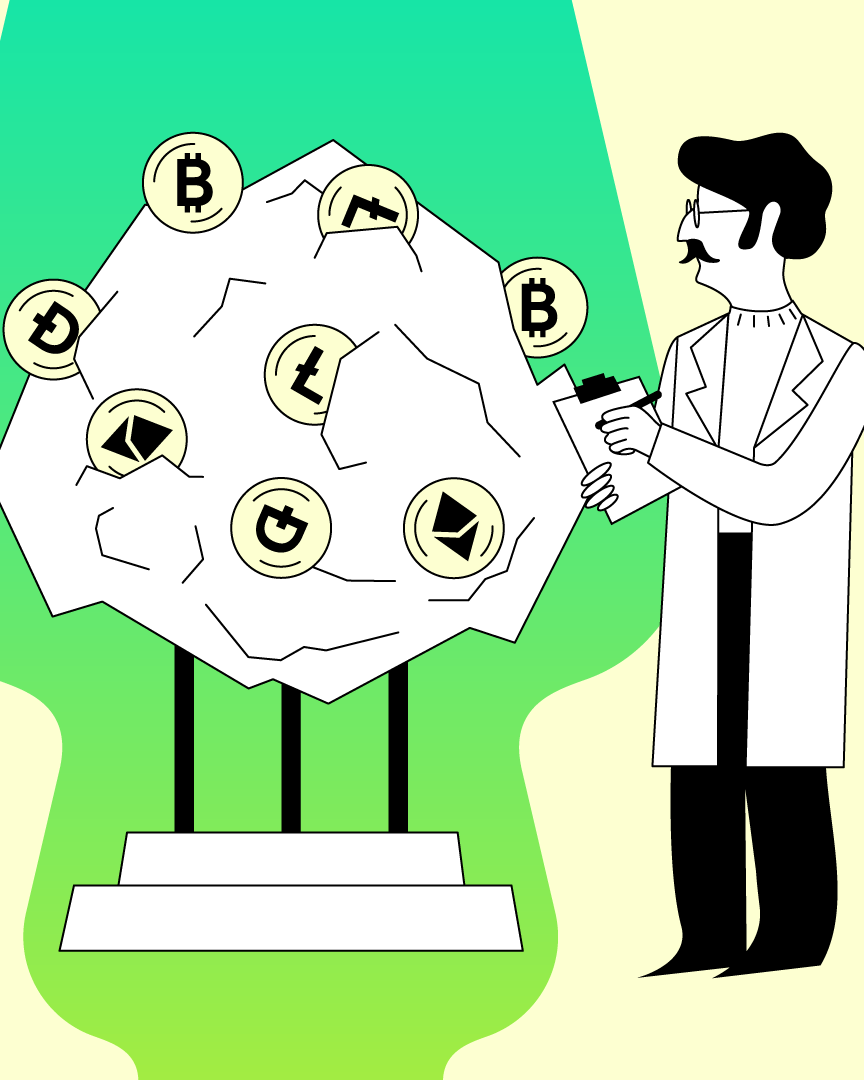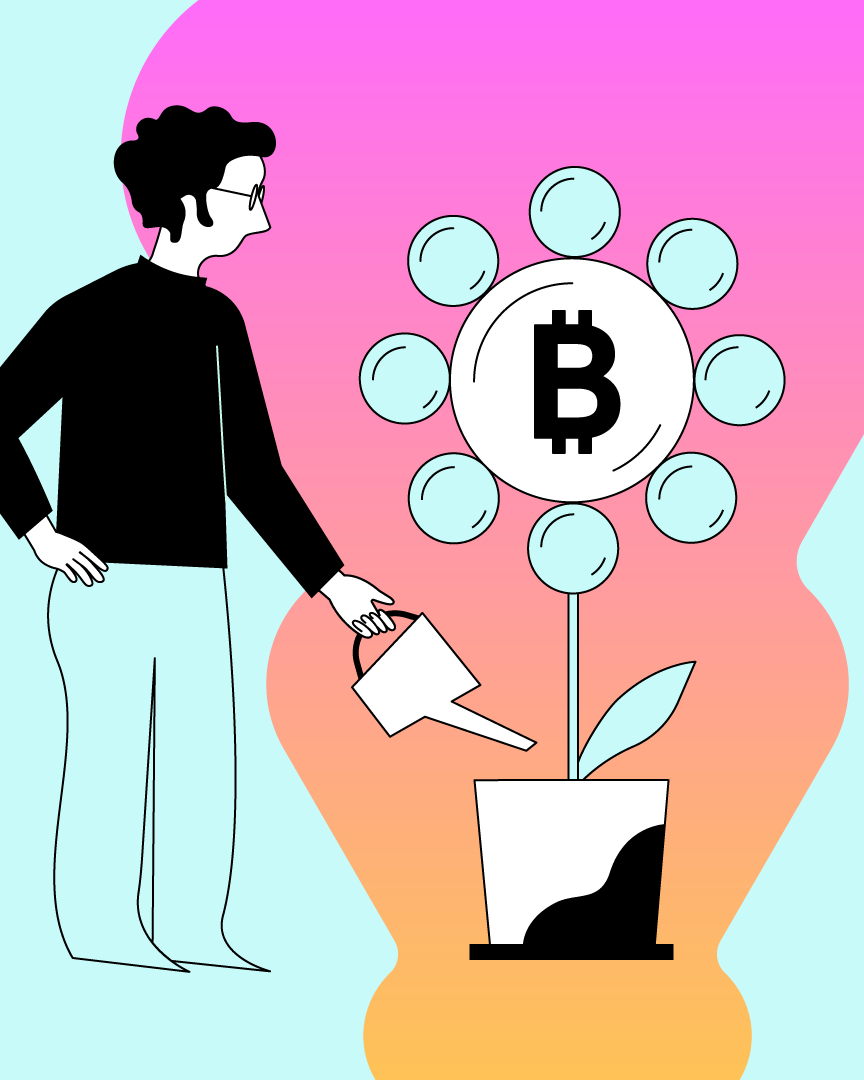1.11 What is bitcoin halving?
This lesson takes you through the concept of bitcoin halving.

There is only one Mona Lisa painting and a limited supply of gold on the Earth. Do you know why we made this reference in the same sentence? Scarcity creates value. Satoshi Nakamoto, the founder of Bitcoin, probably believed in the same principle. He prevented the unlimited supply of Bitcoin, encoding it in the network mechanism by halving the mining rewards.
In our previous lessons, we have mentioned that the supply of Bitcoin is limited to only 21 million. The concept of Bitcoin halving is the reason behind its limited supply. Wondering how ‘Bitcoin halving’ makes its supply finite?
This lesson takes you through the concept of Bitcoin halving.
Contents
- Bitcoin mining and block rewards
- What is Bitcoin halving and when does it happen?
- Does ‘Bitcoin halving’ influence the price of Bitcoin?
Bitcoin mining and block rewards
People dig up or mine to excavate minerals and other resources. Similarly, through Bitcoin mining, miners extract Bitcoins. However, in this case, the miners are computer nodes, and their axes are the computing power.
Bitcoin mining is a process of verifying the transactions and recording them into the public blockchain ledger. As Bitcoin is decentralized, the transactions are verified by the nodes or users of the network.
The Bitcoin network participants with the necessary hardware equipment and computational power verify transactions. These participants are called miners.
As no central authority controls the Bitcoin network, any person with the mining equipment and access to the internet can participate in the mining process. Mining requires sophisticated computers to solve complex computational problems.
Miners need to solve a difficult mathematical puzzle that is called proof of work. This process is to evaluate the legitimacy of Bitcoin transactions. The miner who first solves the puzzle gets a reward called the block reward.
These block rewards are the new Bitcoins released with each block added to the blockchain.
What is Bitcoin halving, and when does it happen?
Bitcoin halving is the concept of decreasing the block rewards distributed to the miners in half. The network is scheduled to undergo Bitcoin halving automatically after every 210,000 blocks and reduce the rewards by 50%.
On average, one block takes 10 minutes, and the halving event occurs after 210,000 blocks. So, the Bitcoin halving occurs every four years.
When the Bitcoin network was first started in 2009 by Satoshi Nakamoto, the block reward was 50 BTC. The first Bitcoin halving event occurred on 18 November 2012, and the reward was cut in half, i.e., 25 BTC per block.
The halving event has been happening since its creation, and it will continue to happen every four years until the reward reduces to zero.
Bitcoin halving is expected to continue until the year 2140. When the 34th Bitcoin halving occurs, it will take the final reward from 0.00000001 BTC to 0. As a result of the ‘halving’ phenomenon, creating more than 21 million Bitcoins is impossible.
Does ‘Bitcoin halving’ influence the price of Bitcoin?
There are different arguments around this in the crypto community.
One group of people argue that the reduced inflation rate due to the decreasing supply will positively affect the Bitcoin price. However, the demand needs to remain the same at every halving event for Bitcoin’s price appreciation.
On the other hand, some people believe halving does not create demand even though the supply decreases over time. These are all the estimations of the experts and analysts. However, these are pure theories, and we are yet to see how it unfolds.
However, the fact that Bitcoin was designed to be valuable is noteworthy. The supporting points are, Bitcoin has a limited supply of 21 million, and the inflation is kept in check by slowing the distribution with the halving events.
ES
This material does not constitute investment advice, nor is it an offer or solicitation to purchase any cryptocurrency assets.
This material is for general informational and educational purposes only and, to that extent, makes no warranty as to, nor should it be construed as such, regarding the reliability, accuracy, completeness or correctness of the materials or opinions contained herein.
Certain statements in this educational material may relate to future expectations that are based on our current views and assumptions and involve uncertainties that could cause actual results, performance or events to differ from those statements.
BB Trade Estonia OU and its representatives and those working directly or indirectly with BB Trade Estonia OU do not accept any liability arising from this article.
Please note that investing in cryptocurrency assets carries risks in addition to the opportunities described above.


